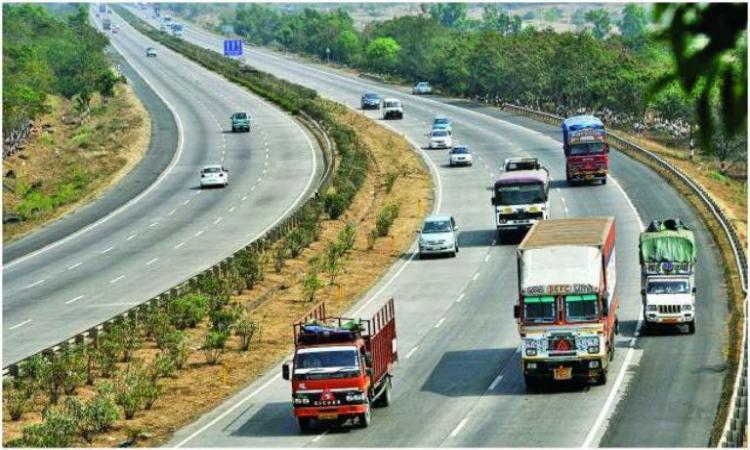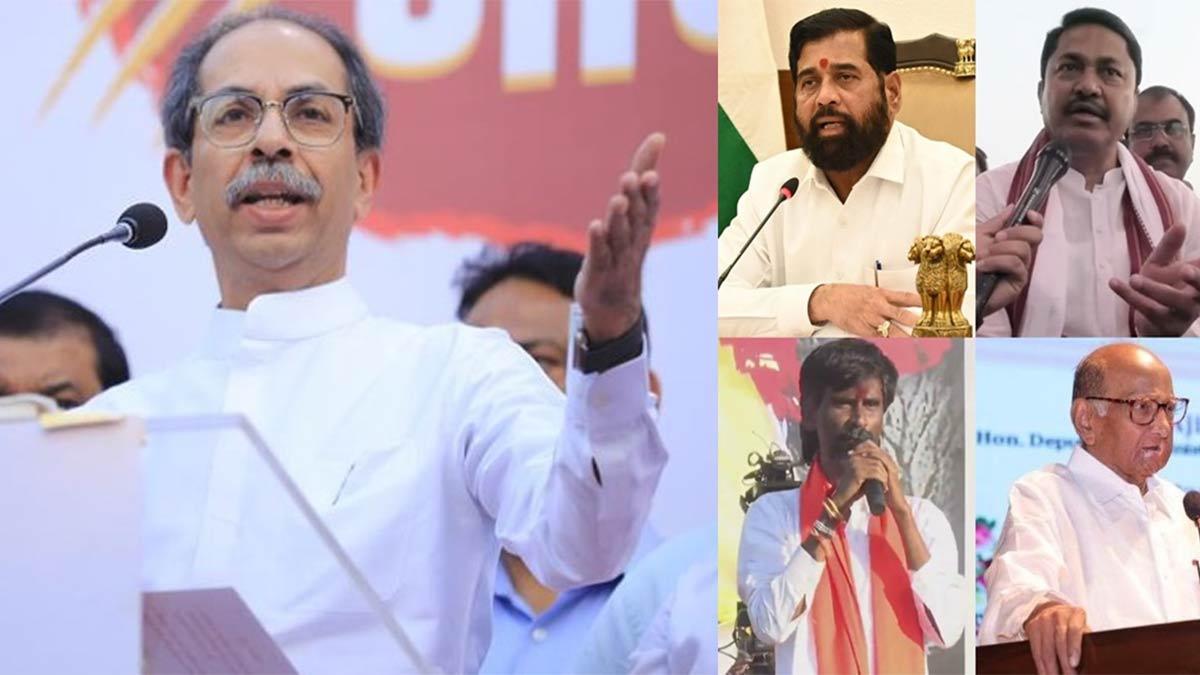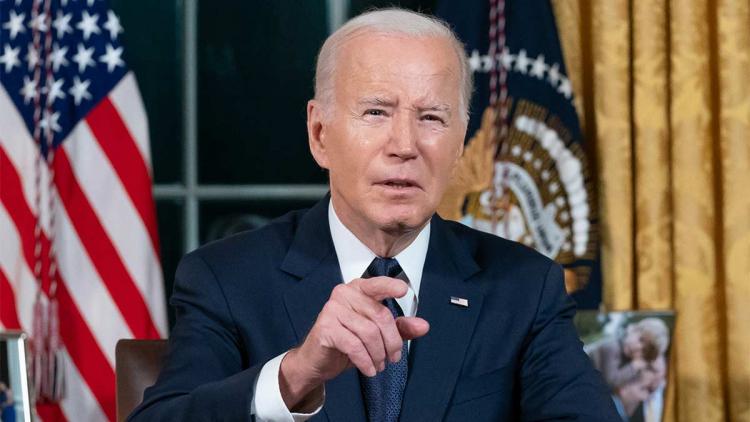Road transport infrastructure outplays a significant role in a country’s overall development. A reliable and swift road network, quite literally, paves the path to rapid growth of the economy.
With a network of over 5,897,671 kilometres (3,664,643 mi) of roads as of 31 March 2017, India has the second-largest road network in the world and one of the busiest in the world, transporting 8.225 billion passengers and over 980 million tonnes of cargo annually.
At 1.80 kilometres (1.12 mi) of roads per square kilometre of land, the quantitative density of India's road network is equal to that of Germany, and substantially higher than the United States (0.68 km, 0.42 mi), China (0.49 km, 0.30 mi), Brazil (0.18 km, 0.11 mi) and Russia (0.09 km, 0.056 mi).
Forming the economic backbone of the country, India also has a network of National Highways connecting all the major cities and state capitals. As of March 2019, India had about 132,500 kilometres (82,300 mi) of national highways and expressways, plus another 176,166 kilometres (109,464 mi) of state highways, according to the Ministry of Road Transport and Highways.
India's road network carries over 65 percent of its freight and about 85 percent of passenger traffic, aa per the National Highways Authority of India.
At 0.66 km of highway per square kilometre of land the density of India's highway network is higher than that of the United States (0.65) and far higher than that of China's (0.16) or Brazil's (0.20).
The prominent forms of transportation used on road in India includes :
Bus : As of 2012, there were 131,800 publicly owned buses in India, but 1,544,700 buses owned by private companies. However, the share of buses is negligible in most Indian cities as compared to personalised vehicles.
Automobiles : Private automobiles account for 30% of the total transport demand in urban areas of India. When compared, car ownership is on a par with China,and exceeded by Brazil and Russia.
Two wheelers : Due to affordability and fuel efficiency, two wheelers, including motorcycles and scooters, are sold several times more than cars in India. 21 million units of two wheelers were sold in the country in 2019 alone.
Managing the world's second largest road network is definitely not an easy task, so the need for modernisation and development of the road infrastructure has been realised in the recent decades as grave issues came to light.
India's intra-city vehicle speed is among the lowest in the world. The low road density per thousand people create significant congestion, and slow speeds on existing roads. Because of the congestion, the fuel efficiency of vehicles remains low, increasing the overall fuel consumption, resulting in heavy pollution.
On another gloomy note, the WHO's compilation of road network safety data for major economies found India to have the highest number of road fatalities in the world. There were 429 non-fatal accidents reported per million citizens on Indian roads, compared to 412 such accidents per million citizens in China, and 1101 in the US.
However, recent efforts to build modern highways and improve the road network have made a difference to trucking logistics. Major projects are being implemented under the National Highways Development Project, a government initiative along with several big private projects as well.


















